NGUYET CAT (According to AFP)
Jaimala Devi, who was forced to marry at the age of 14, now has seven children at the age of 30. But her husband insisted that she continue to have children until she had two sons. Devi's situation is common in Bihar, India's poorest and most populous state.
The burden of giving birth and raising a child meant that Devi never left her hometown of Bihar.
“Having seven children and having to manage everything on my own is driving me crazy. I thought we would be comfortable with one or two,” Devi laments. The eight of them now live in a ramshackle hut, with nothing but a small television, an old fan and a few pictures of Hindu gods hanging on the wall. Meanwhile, with few well-paid jobs in Bihar, Devi’s husband, Subhash, has to spend most of the year working in the capital New Delhi and sending back the little he earns. Like Subhash, many other fathers have left Bihar to find work elsewhere, because for them the long absences and hardships of raising many children are a worthy sacrifice for a chance at a prosperous future.
Despite India's growing economy and falling birth rate, poverty and a deep-rooted male-dominated bias have made Bihar the "engine" of the country's population growth, according to AFP. With about 127 million people, Bihar's population is roughly the size of Mexico, the world's 10th most populous country. "Having another child is still seen as a way to add another earning member to the family," said Parimal Chandra, head of the non-profit Population Foundation of India (PFI).
The insistence of many men on having sons also reflects the traditional cultural expectation that sons will support their parents even after they marry and have families of their own. Having daughters is seen as a burden because of the large dowry they require when they marry. So poor families pull their daughters out of school early to reduce costs and try to marry them off early, like Devi. This is especially true in Bihar, where only about 55 percent of women are literate—the lowest rate in India, according to the National Family Health Survey. Chandra said the statistics are also reflected in the state’s high birth rate, where many mothers lack access to contraceptive knowledge or the right to choose the size of their families.
Today, the average fertility rate for Indian women is two children – down from a peak of six in 1960, thanks to better healthcare and rising living standards. However, Bihar has long been an economically backward state and has a much higher birth rate – an average of three children per woman – resulting in some of the worst malnutrition, child mortality, access to education and health care in India.
Indira Kumari, a government health worker, said she cares for 400 women a month in Bihar, but many of them do not have the right to choose how many children they want to have. And even if a woman wants to plan her family, her in-laws or husbands do not support it. The Bihar government has been providing financial support for girls to complete their education, as well as free condoms, to encourage women to marry later and have fewer children.
Source link


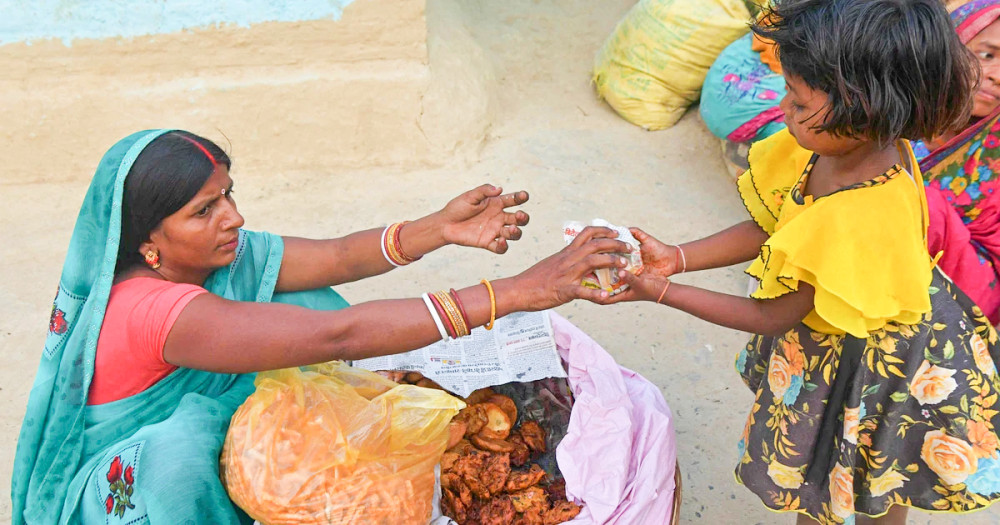
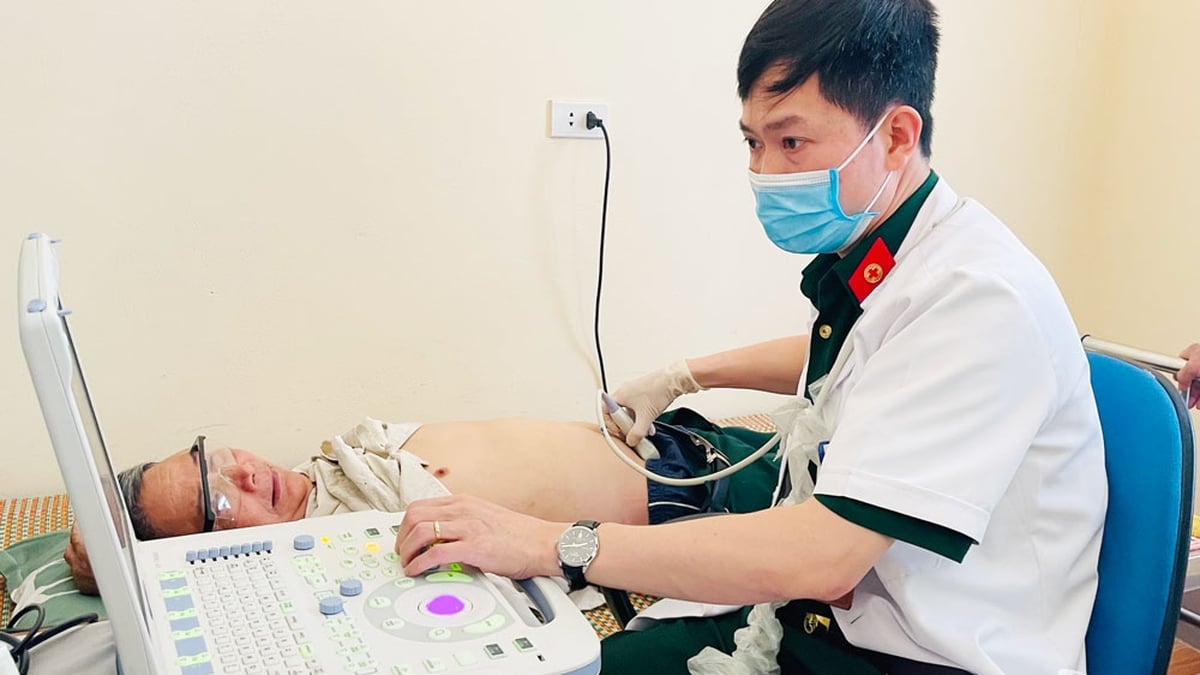




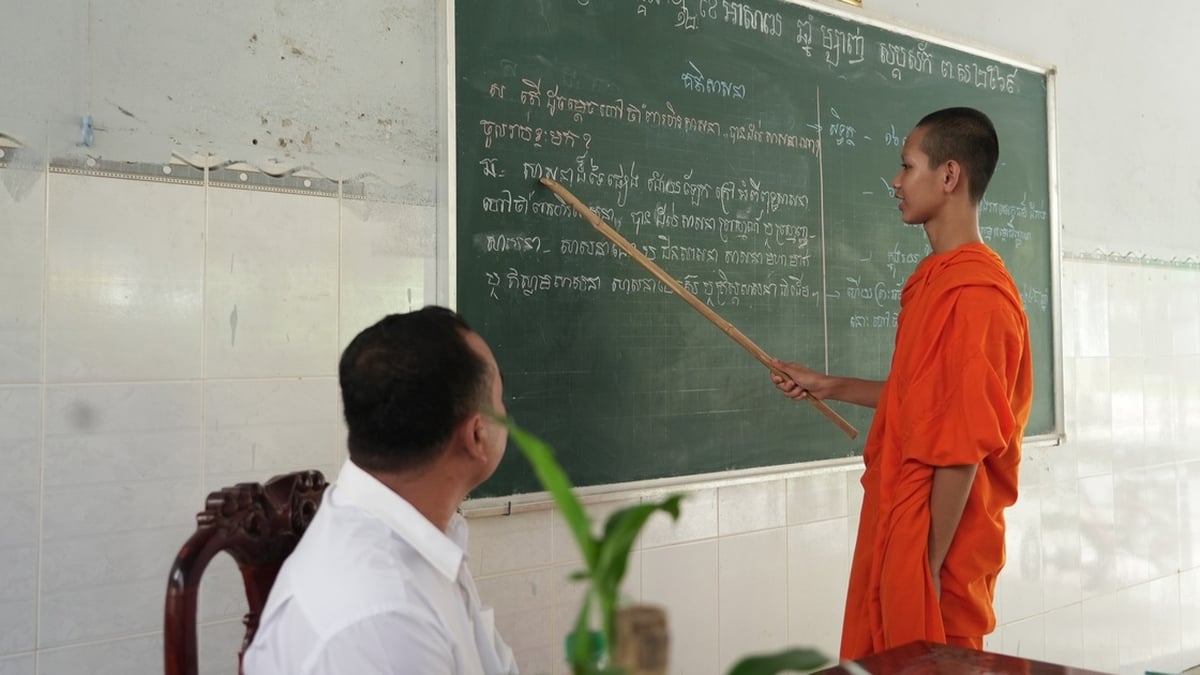


































































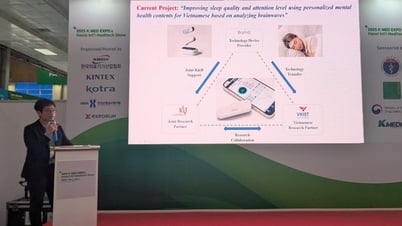























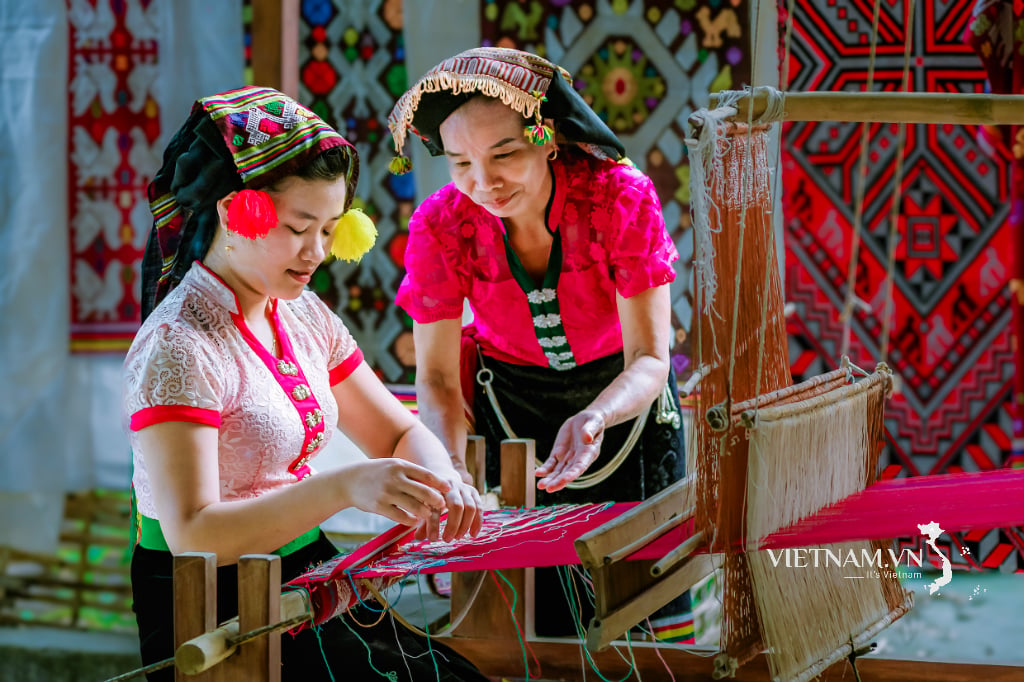
Comment (0)